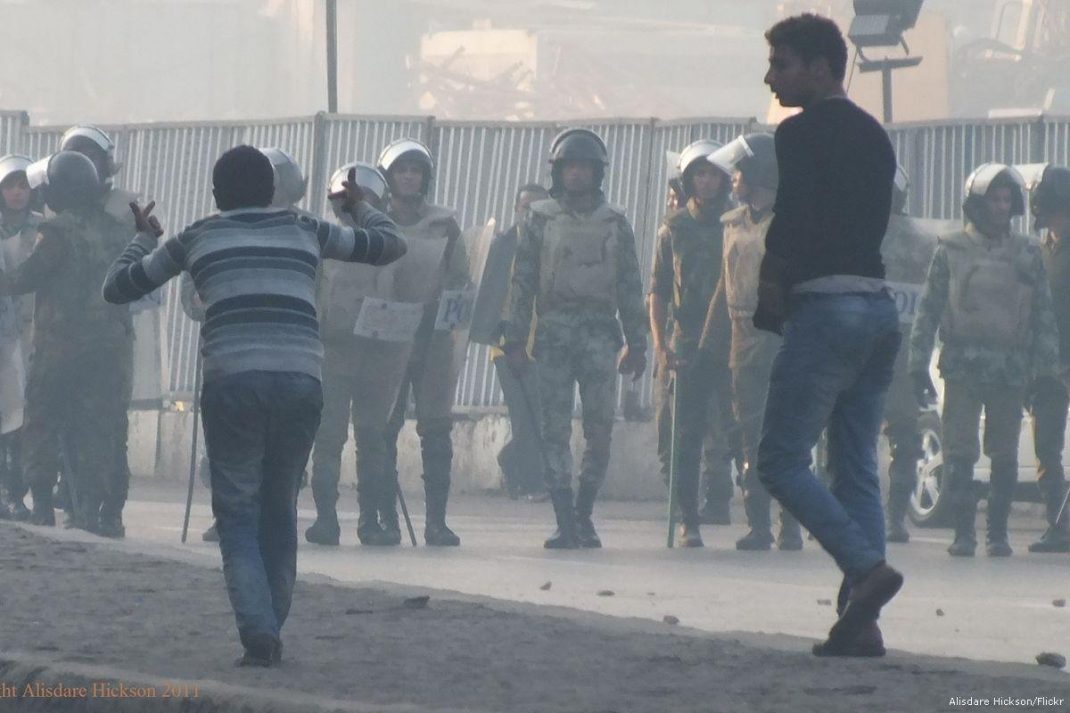By Abdulwahhab Badrakhan
The recent eleventh Al-Jazeera Annual Forum discussed a thorny issue that is thought to have been imposed by the developments of the Arab Spring. However, this issue has been simmering in one way or another for decades, although it has only risen to the surface and become more explicit since the start of the popular uprisings.
The Arab Spring destroyed regimes, thus exposing the vulnerabilities of the nation states affected. This revealed their failure, which was reflected on the formation of the new regimes, and thus on the process of reconstructing the states themselves.
Parallel to this, the fall of regimes led to serious problems planted or left behind by the ousted leaders in countries across the region. Such problems involved oppression and the violation of civic freedoms. They were not addressed by means such as the adoption of citizenship rights and equality or the recognition of such rights and personal privacy as the bases for dealing with the people.
The title of the forum was “The State Crisis and the Future of the Middle East”. Although referring in the first place to a situation thought to be around seven years old, through discussion it was found to be at least 100 years old.
The 1916 Sykes-Picot Agreement was adopted as the starting point, with the subsequent creation of geographic entities which were drawn on the map by the then international powers and later became nation states.
The Balfour Declaration supplemented Sykes-Picot, leading to another state’s creation; Israel’s function was and remains to keep the region connected to the forces of colonialism.
We have no idea how long the current situation will last before we can point to a state with any degree of stability in the Middle East. The internal complications have been exacerbated in an unprecedented manner and the “fate of the state” has become uncertain, with foreign interventions adding to the complications while making little or no contribution to solutions which preserve the nation states, or what remains of them.
Although the example of Tunisia is still being tested, it is the only one that has provided a model for peaceful internal normalisation that is qualified for development.
It is true that its nature — both in terms of location and community — does not involve the sort of conflicts that have ignited civil wars in Syria, Yemen, Libya and Iraq, but it is also true that it has demonstrated the feasibility of a less costly option in dialogue on the basis of protecting the homeland regardless of domestic differences.
It is in the interest of Islamists, secularists and liberals alike to have a homeland, and to reach a consensus to enable everyone to live within it in safety.
However, this option looks impossible for others, who may only want it as a cover for dividing the country. There is a common element among the states that are in crisis, and those that are searching for solutions; they all lack national leaders capable of unifying the people.
The former regimes instilled suspicion and mistrust, while the new leaders who emerged from the struggle for power are described as replicas of those who were ousted.
There is also the conviction that the influence of external forces in the process of statehood is reflected on the emergence of the regional system, or rather the official Arab system.
There is no doubt that these forces exploit the collapse of the nation states and seek formulas that entrench relations with the internal powers, in order to control any future formula for a regional Arab setup.
There are bad paradoxes in this regard. For example, in areas where the “Arab Spring” seemed disastrous, it has turned out for the benefit of the interventionists and activated their roles through groups well known for being against external interventions.
There is also the fact that all sides claim to respect human rights in public, while in practice they both manipulate and obliterate them.
***
Abdul Wahab Badrakhan is a Lebanese journalist, who writes weekly in London’s Al-Hayat newspaper among other Arab publications. ___________




